Mixing inks for hair of different colors and shades: rules, tips.
Contents of
- Mixing of hair colors - palette of colors: table
- How to mix different colors of hair and eyebrows for the right color: proportions
- Basic colors for mixing hair colors
- Can different hair colors be mixed?
- Can I mix the paint in a glass container?
- How to mix colors for hair of different colors: Video
Mixing colors for hair and eyebrows is not an easy task. The science of color is engaged in such experiments.
To achieve the desired result, it is necessary to be very cautious in the process of mixing colors and shades of colors, since the original color can be very surprising. In this article, we will look at how to correctly combine colors, dull or, conversely, to distinguish shades and semitones.
Mixing hair colors - color palette: table
 Color palette of hair colors
Color palette of hair colors - First of all, you need to understand what colors and shades of hair colors are on the shelves of modern stores, and how to recognize them.
- On the packet from under the hair dye, you can find different numbers - usually three - one digit to the point, and two after the point.
- The first digit of the code indicates the primary color tone.
- The first digit after the dot is responsible for the color of the main shade.
- The second digit indicates the color of the auxiliary shade.
- Generally, there are 10 basic tones.
- The tone at number 1 often corresponds to the darkest color - black.
- The tone at number 10 is most often the lightest color in the entire palette.
- If you mix dark and light tones, the original tone color will be located in the middle of the color palette between the used tones.
- As for the shades of colors, there are only 7.
 Different colors of hair colors
Different colors of hair colors Often manufacturers use the following ratio of the numbers of tones and their color solutions:
- Tone 0 is the base tone, it can give a little greenish outflow.
- Tone 1 is considered an ashy tone, obtained with the help of a violet dye.
- Tone 2 refers to a matt greenish tone that is able to smooth out the unevenness between colors.
- Tone 3 is a yellowish-red tone.
- Tone 4 is responsible for the red or copper tint.
- Tone 5 is characterized by a reddish-violet hue, in everyday life is called "mahao".
- Tone 6 is considered a blue-violet pigment.
- Tone 7 is a combination of red and brown.
To orientate in what color and shade is obtained by mixing different colors and tones, you can use the special table:
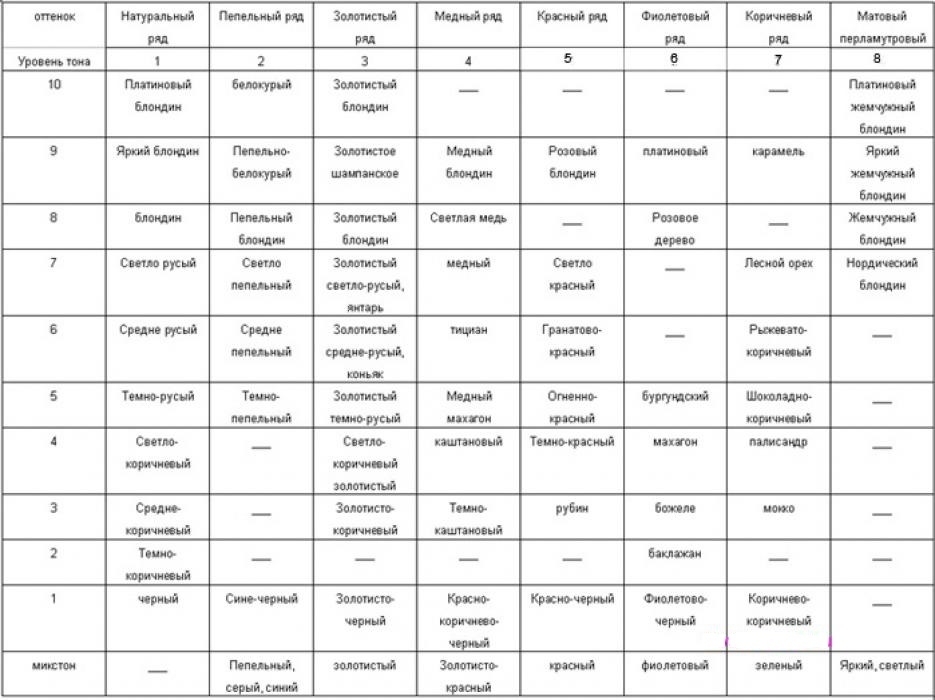 Mixing table for different colors of hair colors
Mixing table for different colors of hair colors How to mix the hair colors and eyebrows of different shades in order to obtain the desired color: proportions
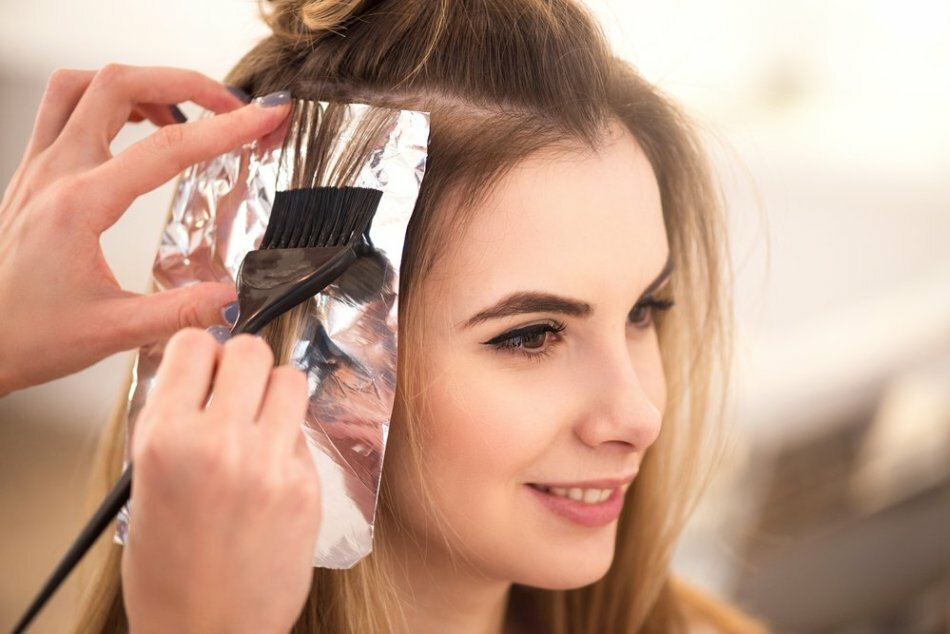 Rulesmixing different in colors and shades of hair and eyebrow dyes
Rulesmixing different in colors and shades of hair and eyebrow dyes When mixing hair colors and eyebrows of different shades, you must adhere to a number of rules that will achieve the desiredth result and not to spoil the hair:
- Do not mix more than three shades simultaneously.
- Before the procedure, it is necessary to evaluate the hair - their condition( dryness, damage, irritation of the scalp), the original color( natural or colored, dark or light), the presence of gray hair( it is more difficult to color the gray hair).
- When mixing colors, it is best to choose colors that are more appropriate and similar in color.
- Before preparing the coloring agent, carefully read the instructions on the box.
- On partially gray or colored hair, it is recommended to align the color beforehand.
- It is advisable to test in advance on a separate strand of hair.
- Each kind of paint must be prepared separately and only then - to connect them all in one vessel.
- It is recommended to add the pigment to the oxidant, and not vice versa.
- In average length and thickness hair will require about 60ml of paint, longer and thicker hair can leave 120ml of coloring agent, and for very long and thick hair - from 180ml.
- Oxidizing agent and paint should be mixed in proportions one to one.
- In the case of hair toning, their ratio should be one to two.
- When staining the hair in dark colors, you can use an oxidizer in 3%, when switching to a slightly light tone, you can take 6% oxygenate, and when staining in light colors or when lightening the hair, it is recommended to use an oxidizer of 9-12%.
- The ratio of two different paints in the mixture should be one to one.
- At desire( when it would be desirable, that the liked tone dominates a little) it is possible to slightly change proportions of paints relative to each other - it is possible to take a favorite shade more.
- A ready mix is recommended to be used within half an hour after it is kneaded.
- The time of exposure to the hair directly depends on the manufacturer's instructions.
- Before applying the paint to the hair, it is necessary to ensure the cleanliness and safety of your hands - for this you must always use gloves.
- To protect the skin of the face and ears from unwanted coloration, fatty substances - cream or cream - will help. They need to treat skin areas, which can get paint.
Basic colors for mixing hair colors
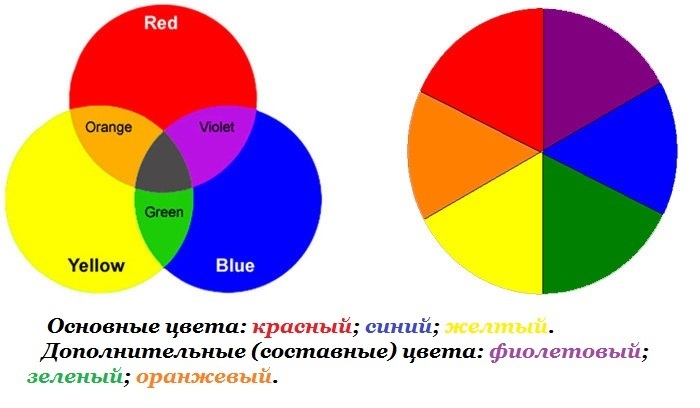 Basic colors for mixing hair colors
Basic colors for mixing hair colors - It does not sound strange, but in coloring there are only three primary colors - red, blue and yellow.
- All other colors and shades are derived from these colors.
- There are secondary colors - these are the colors that resulted from the mixing of the primary colors.
- Also worth mentioning about the tertiary colors - their formation is due to the mixing of the primary colors with the secondary ones.
- All possible combinations of mixing basic, secondary and tertiary colors together form a so-called color wheel.
- In the color wheel, all colors are divided into cold and warm colors.
- Coloring prohibits mixing of warm and cold colors among themselves.
- Colors opposite to each other in the color wheel are anti-colors - they should not be mixed together.
- So, for example, red and green colors are considered as anti-colors.
- It is also unacceptable to mix violet and yellow colors or blue and orange.
- Anti-color can be used as neutralizers of unwanted color - if you apply a certain color to its counter-color, it will simply be eliminated.
To achieve the desired result and not to be mistaken with colors and shades for mixing hair dyes, it is best to use the color wheel:
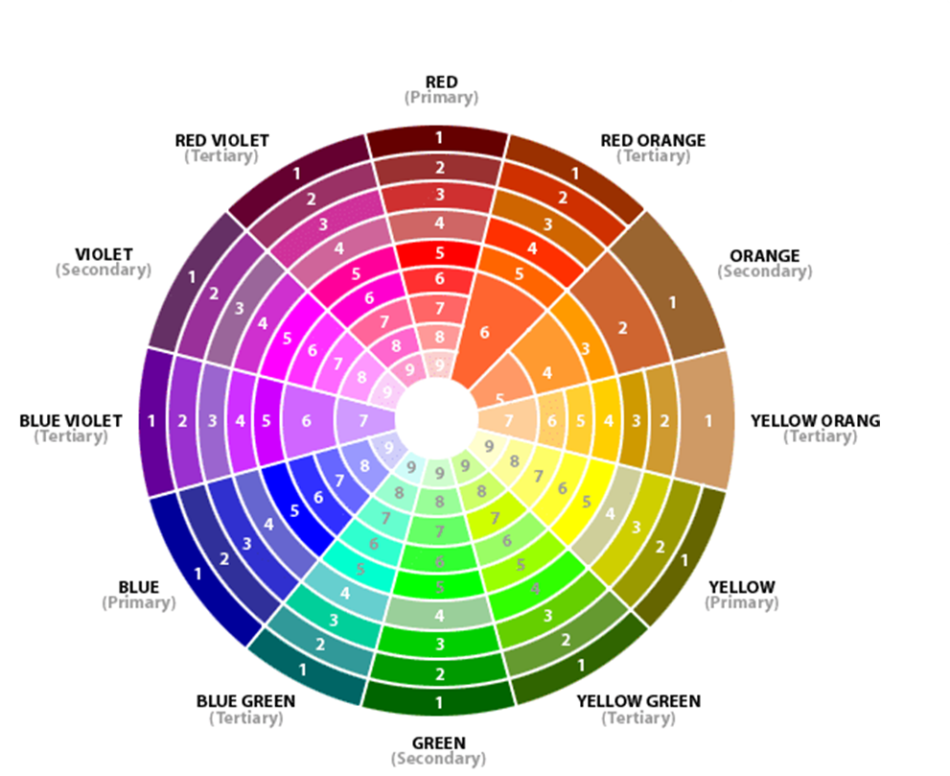 Color wheel for mixing hair colors
Color wheel for mixing hair colors Can I mix different hair colors?
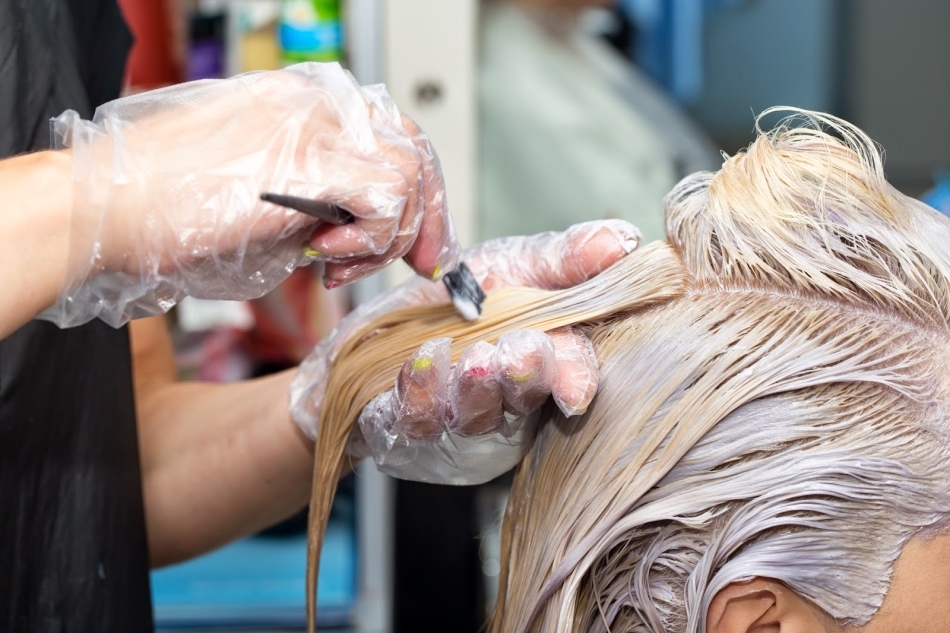 Can I mix hair colors from different brands?
Can I mix hair colors from different brands? - It is strictly forbidden to mix hair dyes from different manufacturers. The fact is that each manufacturer has its own color palette. In addition, completely different ingredients and technologies are used in the production of hair dyes. Nobody knows how the components of different colors can behave, and what the original color can turn out.
- By the way, professionals do not recommend mixing paints from the same manufacturer, but different series.
- The best option is to mix different shades of paint from one manufacturer and one series.
Can I mix the paint in a glass container?
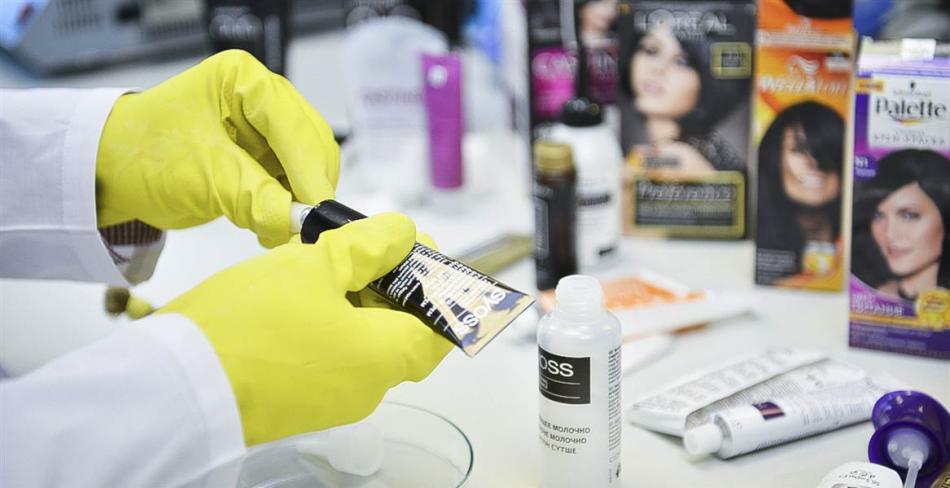 Can I mix hair dye in a glass jar?
Can I mix hair dye in a glass jar? - Mixing of dyes for hair or eyebrows is possible only in glass, plastic, porcelain or ceramic containers.
- If the paint is mixed in a metal vessel, an oxidation reaction can occur, as a result of which the paint composition can change somewhat.
- All these processes can significantly affect the final result - it is worth to be ready for the most unexpected color solution.
